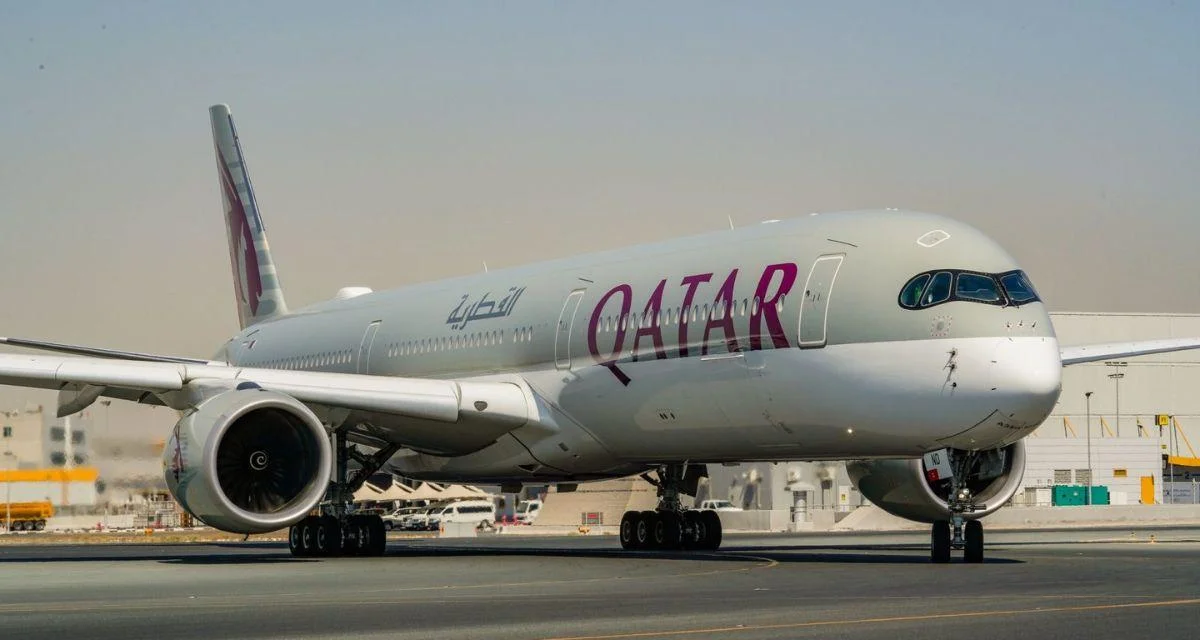The aircraft incorporates several advanced technologies aimed at easing pilot workload. Features like Brake-to-Vacate (BTV) assist crews in vacating runways efficiently by combining autobrake settings with optimal exit selection. The Airport Navigation Function (ANF) provides computer-controlled taxi steering for hands-free ground maneuvering under low visibility conditions. The avionics suite uses Integrated Modular Avionics (IMA) by Thales, which centralizes functions like flight control and maintenance tracking for streamlined management and easier updates.
Pilots have noted that these enhancements lead to greater situational awareness and reduced fatigue during busy or complex operations.
Cabin comfort is another factor contributing to positive pilot feedback. The composite fuselage supports a lower cabin altitude of 6,000 feet—compared to the typical 8,000 feet—and higher humidity levels than other aircraft. According to Cathay Pacific Airlines, these conditions help reduce dehydration and fatigue on long-haul flights.
The A350-900 ULR variant can fly up to approximately 9,700 nautical miles (17,900 km), enabling ultra-long-haul routes such as Singapore–New York or Perth–London without refueling—a capability confirmed by Singapore Airlines. Pilots benefit from this range through direct routing options and consistent performance metrics across diverse operations.
Captain Michele Scarton, an active A350 pilot with over 1,700 hours on type, shared his experiences: "The cockpit was very spacious and comfortable!" When asked about differences compared to other aircraft he has flown—including Boeing models—he said: "The Airbus is just totally different from all the other aircraft I've flown...the huge LED screens and intuitive controls of the A350 enhance the flying experience." He highlighted features such as BTV and ANF that make ground handling easier: "It even sends a sound warning to avoid ground collisions!"
On what makes the A350 stand out most for him: "I’d say it has a low cabin altitude...you feel less tired even after long-haul flights...It is also a very safe aircraft." Captain Scarton also mentioned an automatic safety feature: "If both pilots lose consciousness...the plane will automatically descend to a safe altitude for pilots to regain consciousness."
As airlines continue focusing on sustainability and crew performance alongside passenger comfort, industry observers expect the A350’s popularity among pilots—and airlines—to grow further in coming years.
 Alerts Sign-up
Alerts Sign-up





































